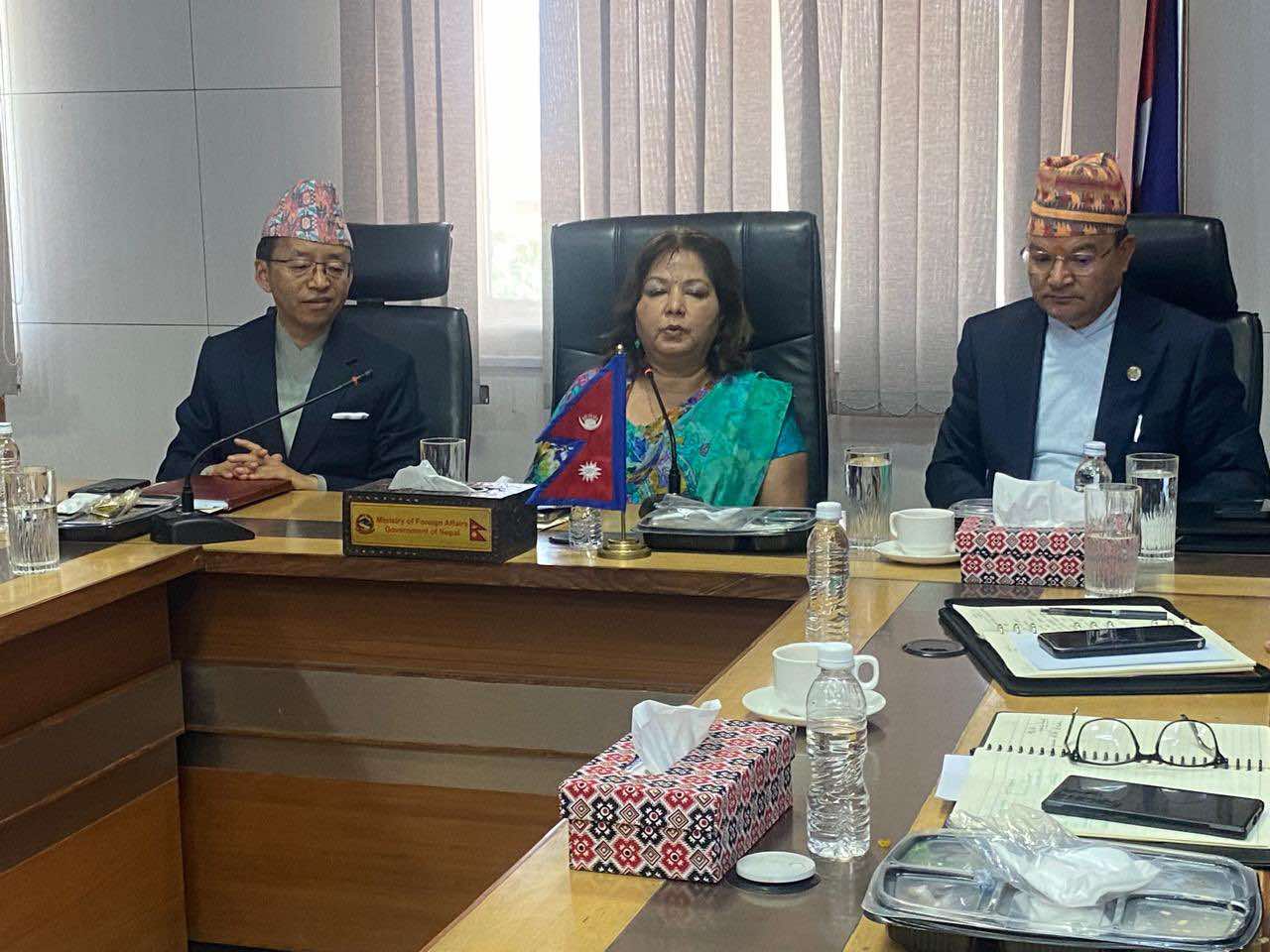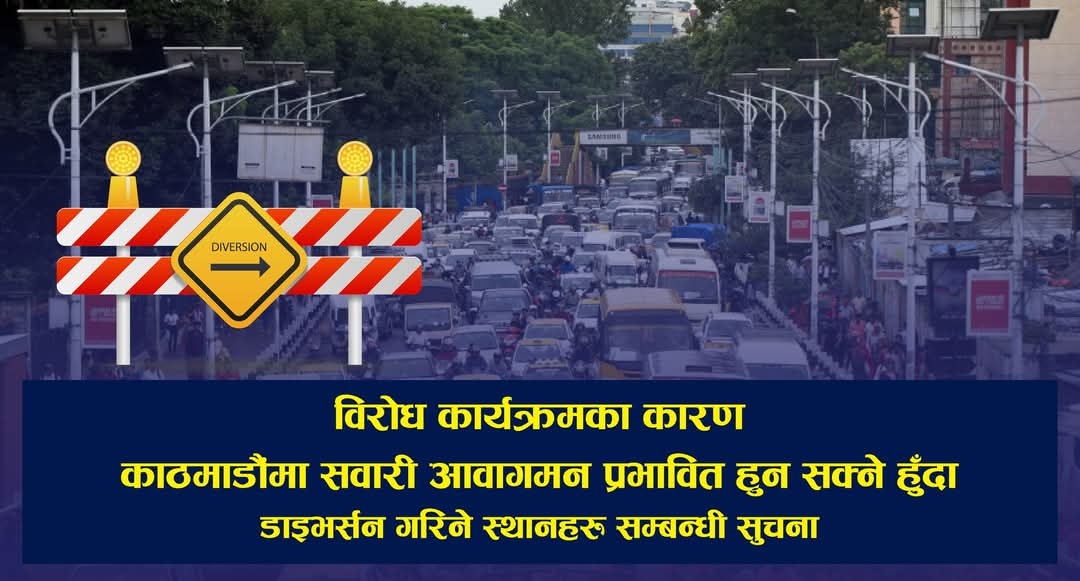
Kathmandu: In a significant stride towards bolstering regional cooperation, India and Nepal have showcased a positive outlook on increasing electricity trade between the two nations. The latest energy secretary-level meeting, held recently, underscored the willingness of both sides to enhance the current quantity of electricity exchanged.
Netra Gyawali, Chief Executive Officer of the National Broadcasting Grid Company Limited, shed light on the positive developments, indicating India’s readiness to import additional electricity surplus during droughts. Gyawali mentioned that the Nepali proposal to export more electricity found favor with the Indian delegation, although the specific project is still pending approval.
Highlighting the ongoing collaboration, Gyawali stated, “The old agendas have been continued. Currently, Nepal has received permission to export up to 600 MW in the day-ahead market of India’s competitive market, while a Power Purchase Agreement (PPA) has been agreed in the medium term to buy 110 MW of electricity for 5 years.”
A notable breakthrough was the first-time agreement for a mid-term Power Purchase Agreement (PPA), with India committing to buy power from Nepal during the dry season, specifically for Haryana. This signifies a deepening of ties and a willingness to engage in diverse arrangements to meet energy demands.
The collaborative spirit culminated in a long-term electricity trade agreement signed between the two countries. This agreement, endorsed in the presence of India’s Foreign Minister Dr. S. Jaishankar, outlines a plan for India to import 10,000 megawatts of electricity from Nepal over the next decade. However, it’s worth noting that approximately 800 MW of proposed electricity export from Nepal is yet to receive approval.
Despite the positive strides, challenges persist, such as the disagreement with a Chinese company over the purchase of 456 megawatts of Upper Tamakoshi electricity. Additionally, last monsoon witnessed 500 megawatts of electricity going to waste, prompting Nepal to seek expanded permissions, citing anticipated production increases in the coming year.
Currently, the export infrastructure is anchored by a single 400 kV transmission line from Dhalkebar to Muzaffarpur in India, allowing for the exchange of around 600 MW of electricity. Both nations have agreed to augment this capacity, demonstrating their commitment to fortifying the energy partnership.
Future plans include the implementation of Inaruwa Purnia and New Lamki (Dodhara) and Bareilly 400 KV transmission lines by 2027/28 and 2028/29, respectively.







